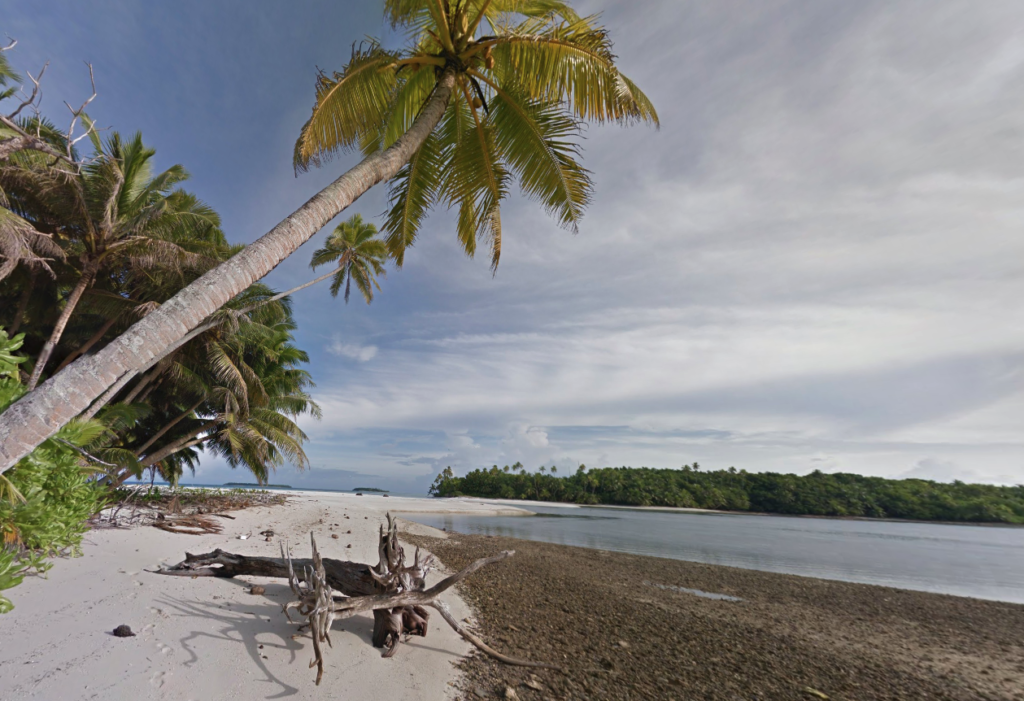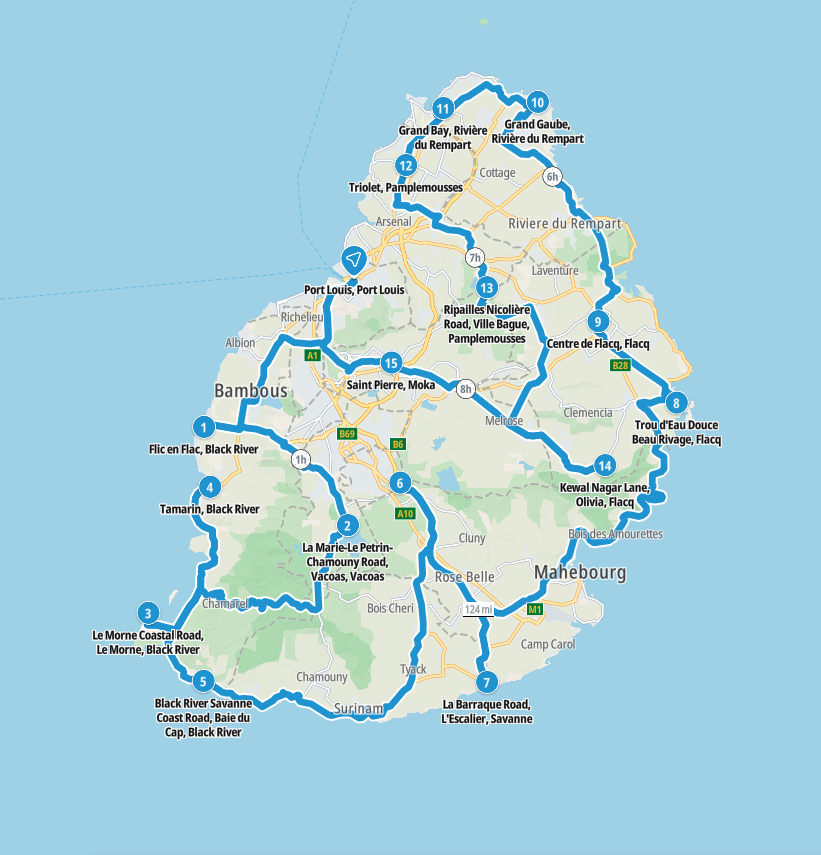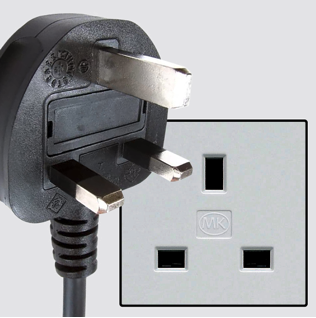Mauritius / Republic of Mauritius / République de Maurice / Repiblik Moris – Let’s explore here
What’s it like in Mauritius?
Mauritius is a group of around 50 volcanic islands in the Indian Ocean that’s about 685 miles (1,105 km) east of Madagascar, and about 2,254 miles (3,645 km) east of South Africa. It’s a relatively small country, about four times the size of the Isle of Wight, England, UK. The main island of Mauritius is approximately 40 miles (64 km) long and 30 miles (48 km) wide.
The third largest coral reef in the world is in Mauritius, and there are numerous low mountains on the islands. The highest point is Piton de la Petite Rivière Noire at 2,717 ft (828 m) above sea level.
The population of Mauritius is around 1.3 million (2019), around 150,000 of whom live in the capital, Port Louis. Although it relies heavily on tourism, it is also Africa‘s most developed country.

A bit about the history of Mauritius
Early History and First Inhabitants
Before human settlement, the island was uninhabited and covered with dense forests. It was first discovered by the Portuguese in the 16th century but was not settled. In the 17th century, the Dutch made attempts to colonise it, but abandoned plans due to the harsh climate and lack of resources. The first permanent inhabitants of Mauritius were the French, who arrived in the 17th century. They established a colony on the island and began to develop its resources, particularly sugarcane, which would become a significant industry for the island’s economy.
French Colonisation (1715–1810)
The French formally took control of Mauritius in 1715, renaming the island as Isle de France. During French rule, the island became a major centre for sugar production, and a large number of African slaves were brought to work on the sugar plantations. The French also developed the island’s infrastructure, including its port, which became important for trade in the Indian Ocean. The French maintained control of Mauritius for nearly a century, and during this time, the island became an important colonial hub. The population grew rapidly with the importation of enslaved Africans and indentured labourers from India. By the late 18th century, the island’s society was a mix of French planters, African slaves, and Indian workers.
British Rule and the Abolition of Slavery (1810–1968)
In 1810, during the Napoleonic Wars, the British took control of Mauritius from the French. The Treaty of Paris (1814) formalised British rule, and the island became a British colony. Although the British allowed the French settlers to retain their language, religion and customs, they imposed British laws and governance.
Slavery was abolished in 1835, and this led to a shift in the labour system. To replace enslaved workers, the British brought in more indentured labourers from India to work on the sugar plantations. This resulted in a significant demographic shift, and by the late 19th century, people of Indian descent made up a large portion of the population. During British rule, the economy of Mauritius continued to be driven by sugar production, and the island became one of the world’s leading exporters of sugar. British authorities also developed the island’s infrastructure and established a system of education and public services.
Path to Independence
In the early 20th century, calls for self rule began to grow. The island’s multi-ethnic population, which included Creoles, Indo-Mauritians, and Franco-Mauritians, began to demand more political representation. The Labour Party, led by Guy Rozemont and later by Sir Seewoosagur Ramgoolam, emerged as the main political force advocating for independence. In 1947, Mauritius was granted a new constitution that allowed for limited self government. The country held its first general elections in 1953, with political parties representing different ethnic groups. The Labour Party, led by Ramgoolam, won a significant share of the vote, and Ramgoolam became the island’s first Chief Minister.
Following years of negotiations and political developments, Mauritius gained full independence from the United Kingdom on 12 March 1968. Ramgoolam became the first Prime Minister of Mauritius, and the country adopted a parliamentary system of government.
Post-Independence and Development (1968–1990s)
Mauritius experienced significant political and economic challenges in the early years after independence. The country’s economy remained dependent on sugar exports, and the government faced the task of addressing poverty and inequality. Under the leadership of Sir Seewoosagur Ramgoolam and later his son, Anerood Jugnauth, Mauritius embarked on a path of economic diversification. The government began to promote tourism, textiles and manufacturing as key sectors of the economy. A major milestone came in the 1970s when Mauritius began to receive significant foreign investment, particularly from the textile and garment industries.
Politically, the island developed into a stable democracy with regular elections and peaceful transitions of power. However, the political landscape remained shaped by ethnic and communal tensions, particularly between the Creole, Franco-Mauritian, and Indo-Mauritian populations.
The Era of Economic Growth and Globalisation
By the 1990s, Mauritius had made significant strides in economic development, becoming one of Africa’s most successful economies. The country developed a strong manufacturing sector, especially in textiles and clothing, and expanded its services industry, particularly finance and tourism. In 1992, Mauritius became a republic, and the position of Prime Minister was replaced by that of President, though the Prime Minister remained the head of government. Sir Anerood Jugnauth, who had served as Prime Minister since 1982, became the first President of Mauritius.
Mauritius also became a model of successful economic reform in Africa. It achieved remarkable economic growth, significantly reduced poverty, and built a strong middle class. The island’s policies of free-market reforms, export-oriented manufacturing, and the development of a high-end tourism sector helped integrate Mauritius into the global economy.
Political Stability and Challenges (2000s–2010s)
The early 2000s saw the continuation of economic growth and political stability. However, the island faced several challenges, including rising income inequality and environmental concerns. The tourism industry, which had become a key driver of the economy, faced competition from other destinations in the region, and the island needed to diversify further to sustain its growth.
Politically, the island remained largely stable with regular, democratic elections. The political scene was dominated by two main parties: the Labour Party and the Militant Socialist Movement, led by Anerood Jugnauth, who returned to power as Prime Minister in 2000. In the 2010s, Mauritius faced a changing political landscape, with new political figures emerging, including the rise of Pravind Jugnauth, the son of Anerood Jugnauth. In 2014, Pravind Jugnauth became Prime Minister, succeeding his father. Under his leadership, Mauritius continued its economic reforms, focusing on attracting foreign investment and expanding its services sector, including offshore finance.
Environmental and Socio-Economic Issues
Mauritius faces several environmental challenges, including the impact of climate change, particularly rising sea levels that threaten its coastal areas. The country has been actively involved in international climate change negotiations and has invested in sustainable development practices. Moreover, Mauritius has made efforts to diversify its economy further by developing a knowledge-based economy, focusing on education, technology and innovation.
Despite economic success, inequality persists, particularly between the island’s various ethnic groups. The political system remains prone to ethnic mobilisation, with political parties often appealing to specific communities. Additionally, there is still a reliance on a small number of industries, such as tourism and sugar, which makes the economy vulnerable to global shifts.
Recent Developments and the 2020s
In the early 2020s, Mauritius faced a major environmental crisis when a Japanese owned oil tanker, the MV Wakashio, ran aground off the coast in July 2020, spilling large amounts of oil into the sea and causing significant environmental damage. This event led to protests against the government’s handling of the disaster and concerns about the island’s preparedness for future environmental risks.
The COVID-19 pandemic also posed serious economic and social challenges for Mauritius, heavily affecting tourism and global trade. However, the island’s efficient vaccination rollout and public health measures helped it recover relatively quickly compared to other nations in the region.
In 2020, Pravind Jugnauth won re-election and continued his efforts to strengthen Mauritius’ economy, focusing on its digital economy, sustainability, and efforts to integrate more deeply into regional and global markets. The government has also continued to deal with tensions related to social inequality, youth unemployment and political reforms.

Mauritius road trip
Travelling overland between the islands is not possible due to the lack of transportation options. Chartering private boats between islands is possible, although travelling with a car in this way is prohibitive. Flying is another option, although again, flights only operate between some islands.
Map of our road trip through Mauritius

This is a map of our planned route around the island of Mauritius, starting and ending in the capital, Port Louis.
Hopefully our journey will improve our knowledge of this intriguing and beautiful country, and enable us to meet some interesting people. We’ll be updating this page at that time – don’t forget to check back 🙂
Weather in Mauritius
When is the best time to visit Mauritius?
The best time to visit Mauritius is from June to October. During these months, the islands have 6 – 8 hours of sunshine per day and rainfall of 2.0 – 3.4 inches (50 – 85mm) per month. The temperature ranges from 19 – 27°C (66 – 80°F).
When is the worst time to visit Mauritius?
The worst time to visit Mauritius is from December to April. During these months, the islands still have 7 – 8 hours of sunshine per day. However, humidity rises and it rains an average of 5.2 – 10.4 inches (131 – 263mm) per month. The temperature ranges from 23 – 30°C (73 – 86°F).
Cyclone Season in Mauritius
Cyclone season in Mauritius runs from November 1 to May 15. Storms tend to be more frequent and more severe from late December to Mid April.
Travel in and around Mauritius
Ferries to islands within Mauritius
Unfortunately, there are no longer any ferries between the islands of Mauritius (2024).
What’s it like to drive in Mauritius?
They drive on the left in Mauritius. Car hire is available in Mauritius and the main roads are quite well maintained. However, some minor roads are poorly maintained, many with large potholes.
Do you require an international driving permit in Mauritius?
We’ve created a dedicated page to driving abroad, which answers this question, and more, which you might find helpful.
Can you use your UK driving license when driving through Mauritius?
We’ve created a dedicated page to driving abroad, which answers this question, and more, which you might find helpful.
Do I need a carnet de passages to drive in Mauritius?
We’ve created a dedicated page to driving abroad, which answers this question, and more, which you might find helpful.
What currency do they use in Mauritius?
In Mauritius they use the Mauritian rupee. Cash is widely used. The use of credit / debit cards is widely accepted in major cities, although not in rural areas. Travellers cheques are not accepted in the main. There are ATMs in cities, although not all accept foreign issued cards.
You should make yourself aware of the amount that your bank charges you for using credit and debit cards abroad. Often credit cards are cheaper for purchasing items directly, and for withdrawing cash from ATMs.
What language do they speak in Mauritius?
They speak English, French and Creole in Mauritius.
What time zone is Mauritius in?
Remember, when you’re planning your next trip to take a look at what time zone it’s in.
Do I need a visa to visit Mauritius?
We’ve created a dedicated, more comprehensive page on visas, which you should find helpful. Check it out!
Is wild camping legal in Mauritius?
No, wild camping is not widely accepted in Mauritius.
What plug / socket type do they use in Mauritius?
In Mauritius they use plug / socket types C and G.


Health issues in Mauritius
Is it safe to drink water in Mauritius?
No, it is not safe to drink tap water in Mauritius. Bottled water is readily available across the country.
What vaccinations are required for Mauritius?
This NHS website is kept up to date with all relevant information on vaccinations in Mauritius.
Phones in Mauritius
What is the country calling code for Mauritius?
The country calling code for Mauritius is +230
What are the emergency phone numbers in Mauritius?
- The emergency number for police in Mauritius is: 112 / 999
- In Mauritius, the emergency number for ambulance is: 114
- The emergency number for fire in Mauritius is: 115 / 995
If you’ve got some useful info that you’d like to share, let us know!
And don’t forget to check out all the other pictures!
